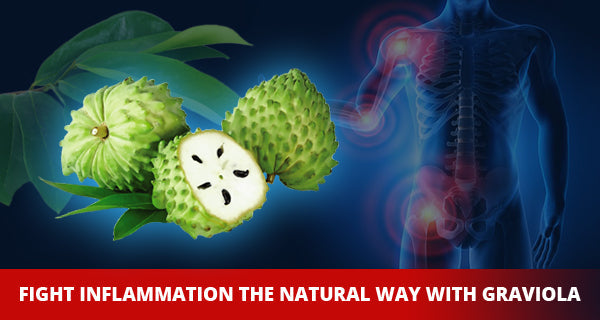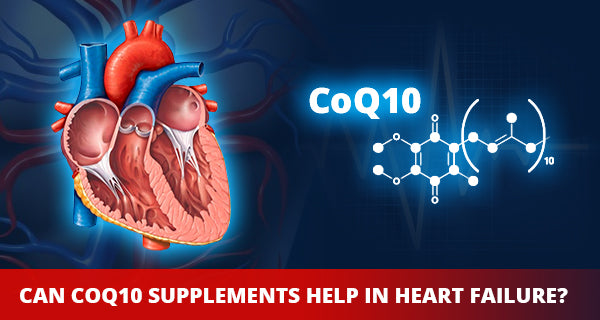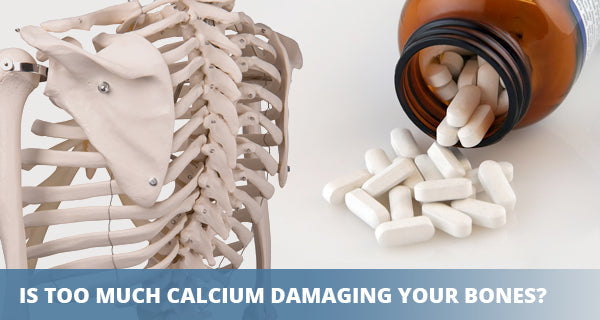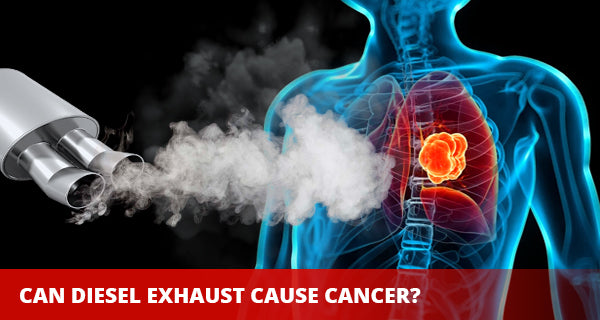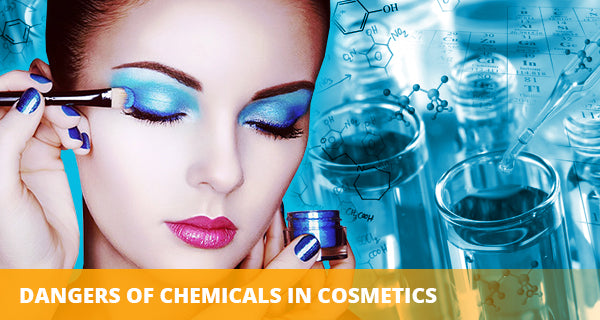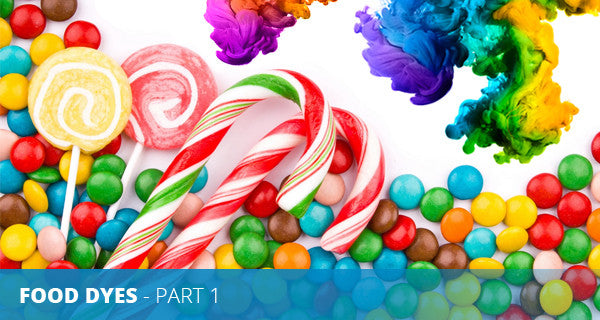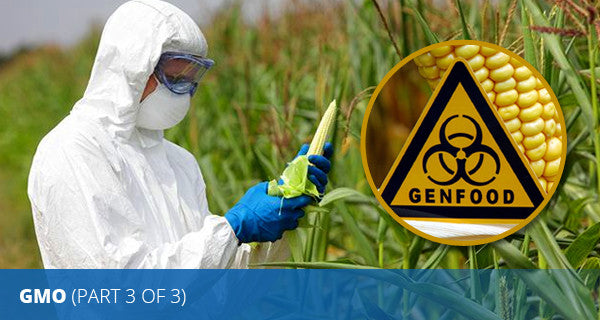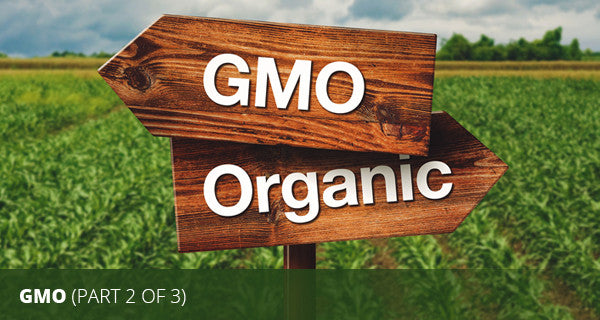Health on Your Terms
How would you deal with pain, say from a headache? Chances are you would reach for an anti-inflammatory drug such as ibuprofen to get fast relief. Now, this relief may be immediate but it comes at a price. Popping such medicines to manage your everyday pains and aches and even your chronic ones can have long-term negative effects on your body.
Vitamin D deficiency during winter
By Simon HOMARUS
November marks the beginning of Vitamin D Winter in the Northern Hemisphere, when sunlight is not strong enough to trigger Vitamin D production in the skin, leading to seriously low levels of the vitamin in the body. Research shows that people living in high latitudes are deficient in the sunshine vitamin, especially in the winter months (October-March).
Can CoQ10 supplements help in heart failure?
By SQ Staff
The term heart failure can be a bit confusing. Most people associate it with a situation where the heart stops beating altogether. Well, heart failure is a condition where the heart is not strong enough to pump blood with required force and as a result blood flows through the body at a slower pace. A weak heart is not able to provide enough oxygen and nutrients to tissues and organs that they need to carry out their functions. Having said that, heart failure is still a serious condition that requires timely and effective management; achieved usually through medication and lifestyle modifications
Is Too Much Calcium Damaging Your Bones?
By SQ Staff
Calcium remains a primary mineral when it comes to healthy bone development and maintenance. Unknown to many, calcium does more than just building strong and healthy bones. We also need the mineral to regulate nerve, muscle and hormone functions.
Can diesel exhaust cause cancer?
By Simon HOMARUS
Smoking is one of the leading causes of lung cancer, followed by exposure to asbestos and radon. But not many people are aware that exhaust fumes from diesel fuels is also one of the potent risk factors for developing this deadly form of cancer.
Artificial Food Dyes Part 2
By Monika TYAGI
We are living in fast-paced, hectic times with tight schedules. This explains our increasing dependency on fast food – which supposedly makes our lives easier and offers tremendous convenience. Most times these readymade, processed foods are full of artificial ingredients – such as artificial food dyes, flavour enhancers and preservatives – which are thrown in to the mix. The purpose? To make these foods more appetizing, flavoursome and long-lasting. Result? Food with low nutritional value, poor health benefits (more accurately stated as NO health benefits) and long-term side effects.
Dangers of Chemicals in Cosmetics
By Monika TYAGI
Most of us read ingredients lists and labels on our food items. But how about facial treatments, lipsticks, sunscreens and shampoos? Most of the cosmetics and personal care products you use on a daily basis contain a slew of chemicals associated with a wide array of health risks. Surprised?
Artificial Food Dyes Part 1
By Simon HOMARUS
How about adding some petroleum into your food? Or into your child’s food? Well, that sounds absolutely gross and an unimaginable thing to do. But that is exactly what you do when you eat processed food loaded with artificial food dyes in addition to preservatives and flavour enhancers. Yes, you read correctly! Most synthetic food colours that are added to processed foods come from coal-tar and petroleum. Look around and you will find these food dyes everywhere from your flavoured yogurts to fruit juices and breakfast cereals and even some supplements.
Genetically Modified Foods: Part 3
By Simon HOMARUS
In part two of the GMO series, we discussed how GM foods can cause unknown and unpredictable changes in the body – and may lead to mutations, formation of new proteins, allergies and disease. Another obvious risk comes from the increased use of pesticides to restrain super weeds – implicated not only in impacting our health but also disturbing the fragile balance within the eco-system [1]. In this third and final part in our GMO series, let’s discuss how we can avoid landing into the GMO trap.
Genetically Modified Foods: Part 2
By Monika TYAGI
Genetically modified organisms have become a large part of our lives. Cotton, soy, and sugar beets are the highest risk crops, and most food ingredients in the processed category are derived from these crops.

